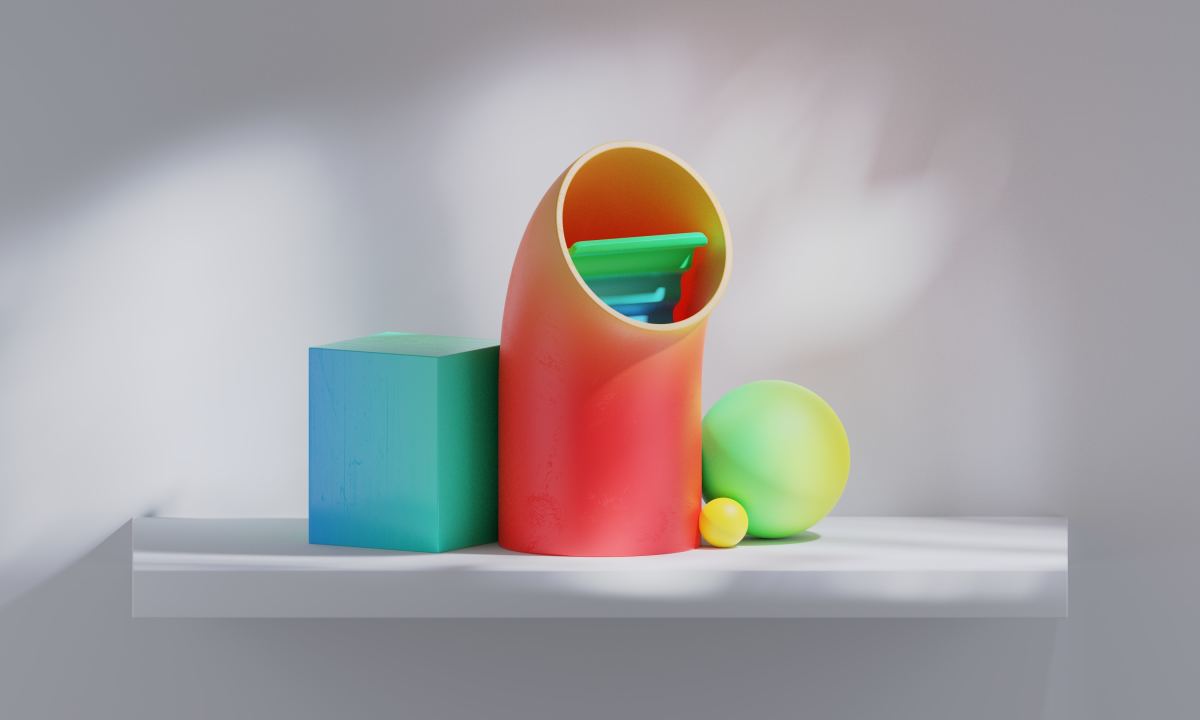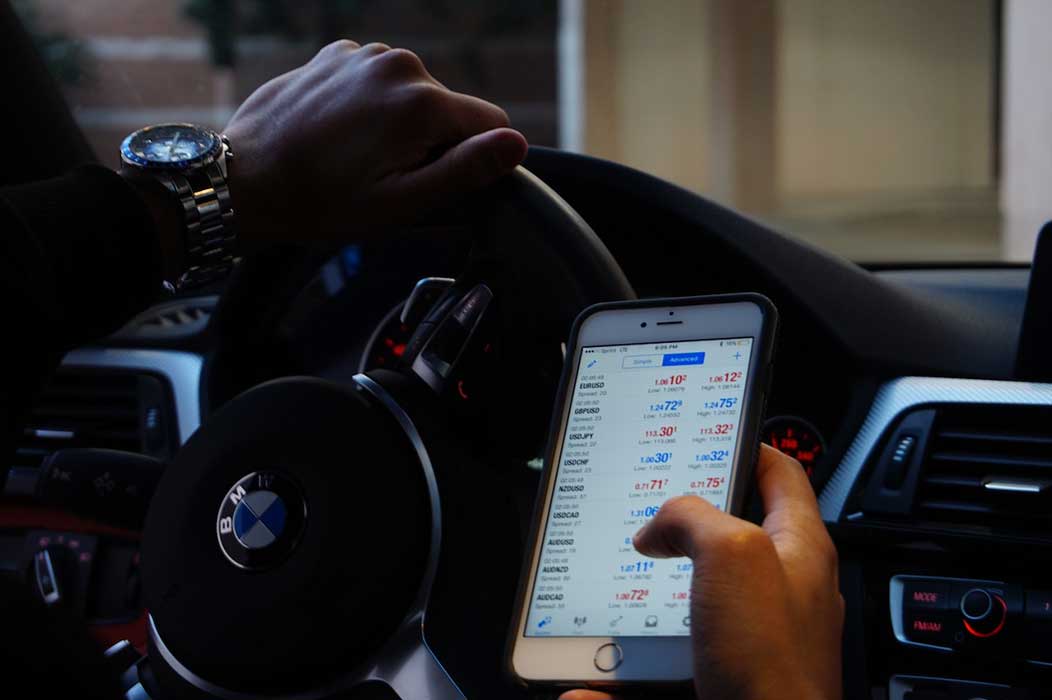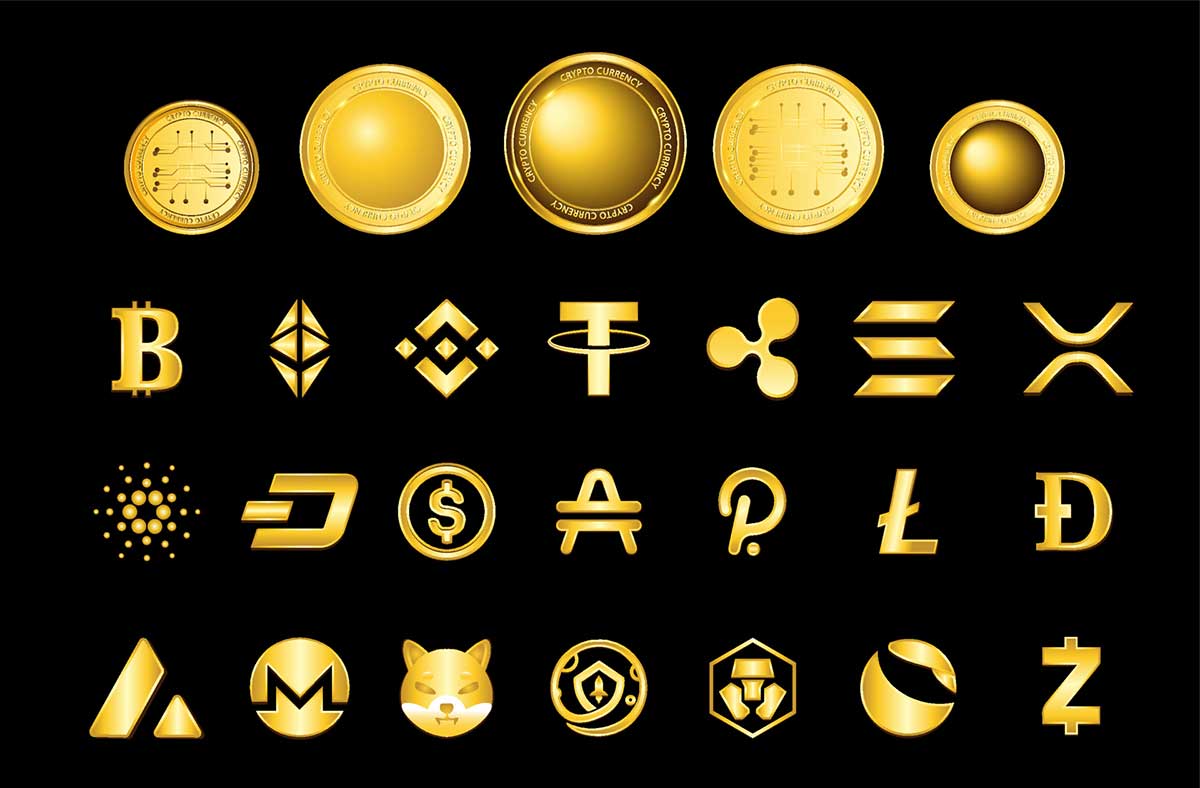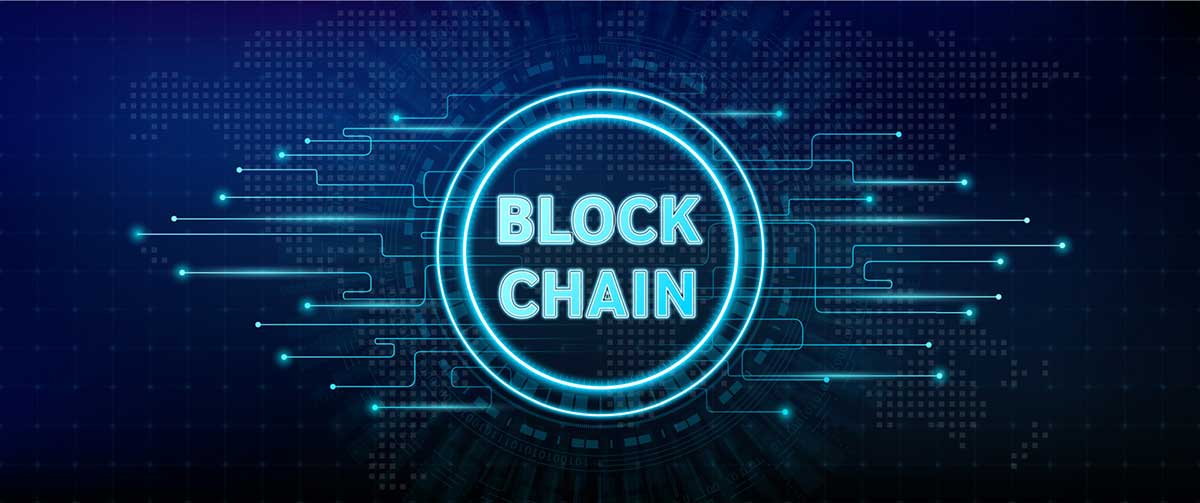What is Blockchain Art: Unlocking the Creativity Revolution

Blockchain art is a digital form of art that is securely recorded on a blockchain network. It ensures transparency and provenance of the artwork.
Blockchain art is a revolutionary concept that combines art and technology. It involves creating, buying, selling, and trading digital works of art using blockchain technology. This technology provides a secure and transparent platform where artists can showcase their work, and collectors can verify the authenticity and provenance of the artworks.
By utilizing blockchain, the ownership and transaction history of each piece of art are permanently recorded on a decentralized ledger, eliminating the risk of fraud or forgery. This creates a new level of trust and transparency in the art market. Moreover, blockchain art allows artists to monetize their work in ways that were not possible before. Digital artworks can be tokenized and sold as unique digital assets, giving artists the ability to earn royalties every time their artwork is sold or exhibited. In addition, blockchain art opens up new opportunities for art collectors and enthusiasts. They can easily access and discover a wide range of digital artworks from artists all over the world, and securely trade and invest in these digital assets. Blockchain art represents a transformative shift in the art industry by leveraging technology to enhance the security, provenance, and accessibility of artworks. It has the potential to redefine the way we create, buy, sell, and appreciate art in the digital age.

Credit: informationmatters.org
The Rise Of Blockchain Art
Blockchain technology has revolutionized various industries, from finance to supply chain management. One creative field where blockchain has gained significant traction is the art world. With the rise of blockchain art, artists and collectors are exploring new possibilities and opportunities.
In this section, we will delve into how blockchain serves as a revolutionary technology in the art realm and how it intersects with the world of technology.
Blockchain As A Revolutionary Technology
- Blockchain brings transparency and immutability to the art industry. Here are some key points to consider:
- Art ownership and provenance can be securely recorded on the blockchain, eliminating doubts about authenticity.
- Smart contracts enable artists to be fairly compensated for their work by receiving royalties each time their art is resold.
- Counterfeit art becomes more easily detectable as blockchain provides a trusted record of each artwork’s origin and history.
Intersection Of Art And Technology
- The convergence of art and technology has given rise to exciting possibilities. Here are a few notable aspects to explore:
- Digital art can be tokenized and bought or sold as unique digital assets, known as non-fungible tokens (nfts), on blockchain platforms.
- Artists can maintain more control over their creations by using blockchain to track and prove their intellectual property rights.
- The decentralized nature of blockchain allows for peer-to-peer transactions, empowering artists and collectors to engage directly without intermediaries.
With the advent of blockchain, the art industry is undergoing a transformative phase. This technology provides artists with new channels to showcase their work, ensures transparency, and offers collectors innovative ways to engage with art. As blockchain art continues to gain popularity, it is reshaping the art market and bringing fresh opportunities for both creators and enthusiasts.
Embracing this marriage of art and technology opens up an exciting future for the art world.
What Is Blockchain Art?
Blockchain art is revolutionizing the art world by combining technology and creativity. With blockchain technology, artists and art enthusiasts are able to explore new possibilities and create a unique ecosystem for the art industry. In this section, we will delve deeper into the definition of blockchain art and explore the role of blockchain in the art world.
Additionally, we will discuss how blockchain bridges the gap between art and technology.
Definition Of Blockchain Art
- Blockchain art refers to digital artwork that is created, bought, sold, and authenticated using blockchain technology.
- It allows artists to create unique digital assets that can be tokenized and traded securely on the blockchain.
- Blockchain art offers transparency, immutability, and provenance, ensuring the authenticity and ownership of digital artworks.
- It eliminates the need for intermediaries such as galleries or auction houses, enabling artists to directly connect with collectors and buyers.
- Blockchain art also introduces the concept of limited editions and scarcity to digital art, making it more valuable in the eyes of collectors.
The Role Of Blockchain In Art
- Blockchain technology provides artists with a decentralized and tamper-proof platform to showcase their work.
- It solves the problem of provenance by recording every transaction, thus enabling traceability of the artwork’s ownership and history.
- It eliminates the risk of counterfeit art as each piece is uniquely identified and tokenized on the blockchain.
- Blockchain also ensures transparency in the art market by making all transactions visible to the public.
- It empowers artists by giving them control over their intellectual property, allowing them to receive fair compensation for their work.
Bridging Art And Technology
- Blockchain technology has bridged the gap between the traditional art world and the digital realm.
- It allows artists to experiment with new forms of expression and engage with a wider audience.
- Digital art platforms built on blockchain offer a decentralized marketplace for artists to showcase and sell their work.
- The use of blockchain in art has also led to the emergence of new business models, such as fractional ownership and royalties for artists.
- Technology enthusiasts and art collectors now have the opportunity to invest in digital art tokens, providing a way to support artists and potentially gain value over time.
Blockchain art is transforming the art industry by enabling artists to create, sell, and authenticate their work in a secure and transparent manner. Through blockchain technology, the possibilities for artistic expression and collaboration are expanding, creating a new era for art enthusiasts and collectors alike.
Transparency And Authenticity
Blockchain Art: Transparency And Authenticity
Blockchain technology has revolutionized many industries, and the world of art is no exception. The emergence of blockchain art has opened up new avenues for artists and collectors, offering unprecedented levels of transparency and authenticity. In this section, we will explore how blockchain serves as a solution for art authentication, securing digital artworks.
Blockchain As A Solution For Art Authentication
Blockchain technology has the potential to transform the way we authenticate artwork. Here are some key points to consider:
- Decentralized verification: Blockchain provides a decentralized network that allows for the verification of art transactions without the need for intermediaries. Each transaction is recorded on the blockchain, creating an immutable and transparent record of ownership and provenance.
- Smart contracts: Smart contracts are self-executing contracts with predefined rules set on the blockchain. In the context of blockchain art, smart contracts can be used to automate the process of art authentication, ensuring that the artwork is genuine and transferring ownership securely.
- Digital signatures: Digital signatures play a crucial role in verifying the authenticity of digital artworks. Artists can utilize blockchain technology to create a unique digital signature that can be associated with their artworks, establishing their authorship and preventing forgery.
- Immutable records: Blockchain provides an immutable ledger that records every transaction and alteration made to an artwork. This allows for complete transparency and traceability, making it difficult for counterfeit artworks to enter the market.
Securing Digital Artworks
Digital art has gained traction in recent years, but its intangible nature raises concerns about ownership and authenticity. Here’s how blockchain addresses these challenges:
- Tokenization: Through the process of tokenization, artists can transform their digital artworks into unique digital tokens. These tokens are stored on the blockchain, establishing provenance and allowing for easy transfer of ownership.
- Copyright protection: Copyright infringement is a significant concern when it comes to digital art. By utilizing blockchain, artists can register their artworks on the blockchain, creating undeniable evidence of ownership and protecting their intellectual property rights.
- Royalty payment: One of the benefits of blockchain in the art world is the ability to automate royalty payments to artists. When a digital artwork is sold, smart contracts can be programmed to automatically distribute royalties to the original artist, ensuring fair compensation for their work.
- Preserving digital art: The decentralized nature of blockchain ensures that digital artworks are preserved and protected from being lost or corrupted. The distributed nature of blockchain prevents a single point of failure, making it an ideal solution for preserving the integrity of digital art.
Blockchain technology offers a transformative solution for art authentication, enhancing transparency and authenticity in the world of art. By leveraging decentralized verification, smart contracts, digital signatures, and immutable records, blockchain secures digital artworks and establishes a trusted system for artists and collectors alike.
Decentralization And Ownership
Blockchain technology has revolutionized various industries, and one area where it is making a significant impact is in the world of art. Blockchain art is an emerging concept that combines art with the decentralized nature of blockchain technology, offering artists new opportunities and redefining the way we perceive ownership in the art world.
Empowering Artists Through Blockchain
Blockchain technology has opened doors for artists, empowering them in several ways:
- Smart contracts: Blockchain allows for the use of smart contracts, which are self-executing agreements coded directly into the blockchain. Artists can utilize smart contracts to automate tasks like royalty payments, licensing, and even the protection of their intellectual property. This eliminates the need for intermediaries and gives artists control over their own creative works.
- Transparent transactions: With blockchain, all transactions related to the artwork, including sales, ownership transfers, and licensing agreements, are recorded on a public ledger that is accessible to anyone. This transparency provides artists with an unprecedented level of trust and ensures that they can track and verify the ownership and provenance of their artworks easily.
- Securing intellectual property rights: Intellectual property theft is a significant challenge for artists. Blockchain technology allows artists to create digital certificates of authenticity for their artworks, ensuring that they have proof of ownership and establishing the originality and uniqueness of their creations. This helps protect artists’ intellectual property rights and prevents unauthorized duplication or replication of their work.
Redefining The Concept Of Ownership
Blockchain technology has the potential to redefine the concept of ownership in the art world, addressing long-standing challenges and bringing about a more inclusive and accessible environment:
- Fractional ownership: Blockchain enables fractional ownership, where multiple individuals can own a portion of an artwork. This allows for the democratization of art ownership, where art enthusiasts can invest in shares of high-value artworks without the need for large sums of money. Fractional ownership not only makes art more affordable but also provides artists with a broader base of supporters and investors.
- Immutable ownership records: By recording ownership transactions on the blockchain, the concept of ownership becomes immutable. The decentralized nature of blockchain ensures that once a transaction is recorded, it cannot be altered or tampered with, providing artists with a sense of security in knowing that their ownership rights are protected and accurately documented.
- Global accessibility: Blockchain art platforms allow artists to showcase and sell their artwork to a global audience, transcending geographical barriers. This opens up opportunities for artists to reach a wider market and establish connections with collectors and art enthusiasts from around the world. The decentralized nature of blockchain also eliminates the need for intermediaries, reducing costs and enabling artists to receive fair compensation for their work.
Blockchain art is changing the way artists create, own, and sell their artwork. From empowering artists through smart contracts to redefining the concept of ownership with fractional ownership and transparent transactions, blockchain technology is revolutionizing the art industry. By embracing blockchain, artists can reclaim control over their work, establish ownership rights, and connect with a global audience that appreciates their talent and creativity.
Creating New Opportunities
Blockchain art has emerged as a revolutionary concept that combines the world of art with the power of blockchain technology. This fusion has created new opportunities for artists, collectors, and enthusiasts alike. In this section, we will explore the tokenization of art and the investment potential that blockchain art offers.
Tokenization Of Art
- Artwork can now be represented as digital tokens on a blockchain, allowing for increased liquidity and accessibility.
- Tokenization enables fractional ownership, where multiple investors can own a fraction of a valuable artwork, making it more affordable and inclusive.
- The transparency and immutability offered by blockchain ensure that the provenance of the artwork can be easily traced, reducing the risk of fraud and forgery.
- Artists can tokenize their creations, retaining control over their work while also benefiting from the potential appreciation in value as demand increases.
- Collectors can diversify their portfolios by investing in a range of art tokens, providing exposure to the art market without the need for physical ownership.
Investment Potential Of Blockchain Art
- The decentralized nature of blockchain art allows for a global marketplace, breaking down geographical barriers and attracting a larger pool of investors.
- Investors can take advantage of the potential returns offered by the art market, which historically has shown resilience and the ability to outperform other asset classes.
- The fractional ownership model provides flexibility, allowing investors to buy and sell art tokens more easily, increasing liquidity in the market.
- With the growth of online platforms dedicated to blockchain art, investors have access to a wider range of artists and artworks, expanding investment opportunities.
- The transparency and traceability of blockchain technology provide confidence and trust in the art market, attracting both traditional and new investors.
Blockchain art is creating new opportunities by tokenizing art and offering investment potential that was previously inaccessible to many. The intersection of art and technology has opened doors for artists and investors alike, transforming the art market into a more inclusive and transparent ecosystem.
With the blockchain revolution, the art world is entering a new era of innovation and possibilities.
The Future Of Blockchain Art
Blockchain technology has revolutionized various industries, and art is no exception. The integration of blockchain with the art world has given birth to a new concept known as “blockchain art. ” This innovative approach offers numerous benefits to artists, collectors, and the art industry as a whole.
Let’s delve into the future of blockchain art and explore its adoption and innovation in the art industry, as well as its impact on artists and collectors.
Adoption And Innovation In The Art Industry
Blockchain technology has gained widespread recognition for its potential to bring transparency, security, and decentralization to various sectors. In the art industry, blockchain art enables the following advancements:
- Enhanced provenance tracking: Blockchain allows for the creation of a transparent and immutable record of an artwork’s ownership history. This eliminates the possibility of fraudulent practices, safeguards against art forgery, and ensures the integrity of the art market.
- Smart contracts for royalties: Smart contracts, powered by blockchain, enable artists to receive automatic royalties each time their art is sold or transferred. This innovation provides artists with greater financial stability and eliminates the need for intermediaries in the payment process.
- Tokenization of art assets: Blockchain technology enables the fractional ownership and tradeability of art assets through tokenization. This opens up new avenues of investment and allows art enthusiasts to own small fractions of high-value artworks that were previously inaccessible.
Impact On Artists And Collectors
The integration of blockchain into the art world has profound implications for both artists and collectors:
- Increased autonomy for artists: By leveraging blockchain, artists gain more control over their intellectual property rights, ensuring their creations are protected from unauthorized usage or plagiarism. This empowerment allows artists to focus on their craft without worrying about their work being exploited without consent.
- Access to a global marketplace: Blockchain art platforms provide artists with a borderless marketplace, allowing them to showcase their work to a global audience. This expanded reach can lead to greater exposure, recognition, and opportunities for collaboration across geographical boundaries.
- Authenticity and trust for collectors: Collectors can now verify the authenticity and provenance of artworks through blockchain’s transparent ledger. This instills confidence in the art market by reducing the risks associated with purchasing counterfeit or stolen art pieces.
- Democratization of art: Blockchain technology democratizes the art industry by removing barriers to entry. Artists from marginalized communities can now participate in the global art scene, gaining recognition and opportunities that were previously limited to a privileged few.
Blockchain art represents the future of the art industry, revolutionizing the way art is created, valued, and traded. Its adoption and ongoing innovation bring transparency, security, and new possibilities for artists and collectors alike. With blockchain’s potential to reshape the art landscape, we can expect further advancements and transformative impacts in the years to come.
Embracing this groundbreaking technology will foster a more inclusive, transparent, and vibrant art ecosystem.
Frequently Asked Questions Of What Is Blockchain Art
What Is Blockchain Art?
Blockchain art refers to artworks that are created and authenticated using blockchain technology. It allows artists to manage digital rights, prove authenticity, and track provenance. Blockchain art also enables the creation and trade of digital assets, ensuring transparency and security in the art market.
How Does Blockchain Technology Benefit Artists?
Blockchain technology benefits artists by providing a decentralized platform for art creation and sale. It allows artists to establish provenance, protect their intellectual property, and receive fair compensation. Blockchain also opens up new avenues for artistic collaboration and reduces the role of intermediaries in the art market.
Can Blockchain Art Be Copied Or Stolen?
While blockchain technology enhances the security and authenticity of artworks, the digital files themselves can still be copied. However, blockchain art platforms typically track the ownership and provenance of digital assets, making it difficult for someone to claim ownership of a copied piece or sell stolen artwork as legitimate.
The blockchain acts as a transparent and immutable ledger, safeguarding artists’ rights.
Conclusion
Blockchain art is revolutionizing the art world by offering a transparent, secure, and decentralized platform for artists, collectors, and enthusiasts. Through its unique features like provenance tracking, digital certificates, and decentralized marketplaces, blockchain technology is empowering artists to protect their intellectual property rights, establish a direct relationship with their audience, and ensure the authenticity of their creations.
Moreover, blockchain art is eliminating the need for intermediaries, reducing transaction costs, and opening up new opportunities for artists to monetize their work. By leveraging the power of smart contracts and cryptocurrencies, artists can engage in crowdfunding campaigns, sell fractional ownership, or license their art for commercial purposes.
This democratization of the art market is enabling art lovers from all walks of life to participate and invest in the art world, fostering a more inclusive and diverse creative ecosystem. As blockchain art continues to gain traction, it is poised to reshape the art industry, making it more accessible, transparent, and rewarding for artists and enthusiasts alike.
With its potential to revolutionize the creation, distribution, and ownership of art, blockchain technology is truly ushering in a new era of artistic expression.







